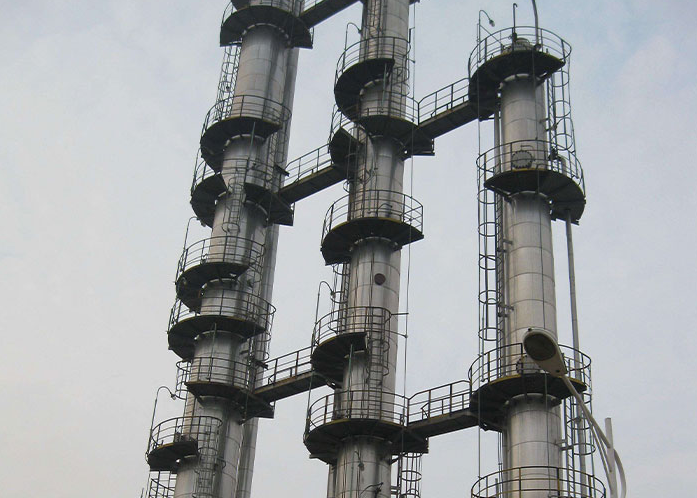In the realm of desalination and water purification, the quest for efficient and sustainable solutions is unending. As water scarcity becomes an increasingly pressing global concern, innovative technologies are required to convert abundant yet saline water sources into safe and potable water. Among these technologies, Multiple Effect Distillation (MED) emerges as a powerful contender. In this comprehensive guide, we will delve into the intricacies of MED, uncovering its principles, advantages, and its pivotal role in addressing the planet's water challenges.
Understanding Multi-Effect Distillation
Multi-Effect Distillation is a thermal desalination process that relies on heat transfer and phase change to purify water. Unlike other methods that utilize pressure or membranes, MED operates under reduced pressure conditions to exploit the differences in boiling points of liquids. This process effectively separates pure water from saline sources, making it an attractive solution for regions facing water scarcity or those dependent on brackish or seawater sources.
Unveiling the MED Process
At its core, MED involves a series of evaporators or "effects," each operating under progressively lower pressures and temperatures. The fundamental principle is that as pressure decreases, the boiling point of a liquid also decreases. This cascading arrangement takes advantage of this phenomenon to achieve energy-efficient water purification.

Step-by-Step Operation of Multiple Effect Distillation
1. Initial Evaporation: Seawater is introduced into the first effect, where it is heated using an external heat source, often steam. As the temperature rises, the water reaches its boiling point, leading to evaporation.
2. Vapor Condensation: The evaporated water vapor is directed to a condenser, where it encounters cooling tubes carrying cold seawater or air. This cooling causes the vapor to condense back into liquid form, which is collected as fresh water.
3. Cascading Effects: The collected freshwater from the first effect becomes the heating source for the subsequent effect. As this freshwater flows over tubes containing the seawater to be desalinated, it releases heat, initiating evaporation in the second effect.
4. Energy-efficient Heat Transfer: This process continues through multiple effects, with each one operating at a lower pressure than the previous. The latent heat released during vapor condensation in each effect facilitates evaporation in the following effect, optimizing energy use.
Advantages and Applications of MED
The process of Multi-Effect Distillation offers numerous advantages that set it apart in the realm of desalination:
1. Energy Efficiency: MED is renowned for its energy efficiency due to its innovative use of waste heat and the cascading effect. This is particularly beneficial in regions with limited energy resources.
2. Versatile Water Sources: MED is highly adaptable and can be employed to desalinate seawater, brackish water, or other saline sources, making it suitable for various geographical contexts.
3. High Water Purity: The distillation process results in high-purity water output, virtually free from impurities and contaminants commonly found in saline water.
4. Reduced Environmental Impact: Unlike some desalination methods that rely on chemicals or release high-concentration brine, MED has a lower environmental impact, contributing to sustainability.
Conclusion: Paving the Path to Sustainable Water Solutions
As water scarcity intensifies and freshwater resources dwindle, the importance of innovative desalination technologies like Multiple Effect Distillation cannot be overstated. Through its intricate interplay of heat transfer and phase change, MED offers a way to convert abundant but saline water sources into a vital resource for drinking, irrigation, and industrial use.
In a world where water security is a top priority, the harnessing of MED's power represents a beacon of hope. By blending scientific principles with technological advancement, we are charting a course toward a future where the potential of saline water is fully realized, ensuring a sustainable water supply for generations to come.
If you want to read more information about Multi-Effect Distillation, just visit --> The Insider's Views: [https://www.slchemtech.com/about-us/]














